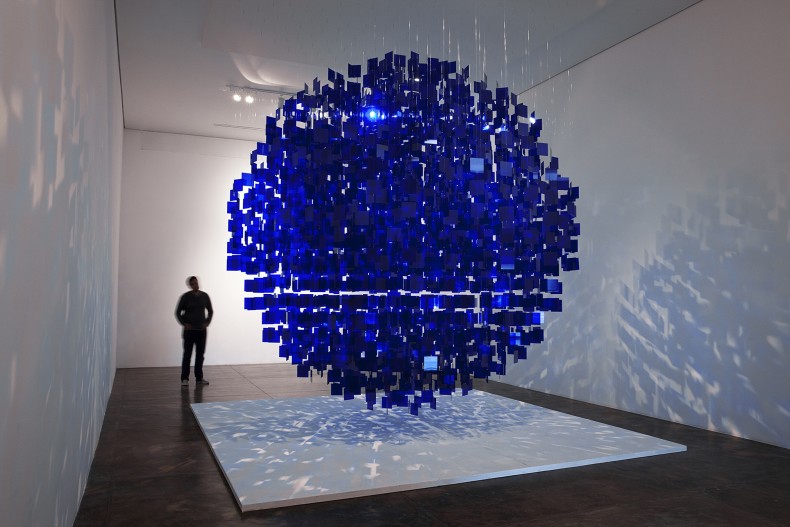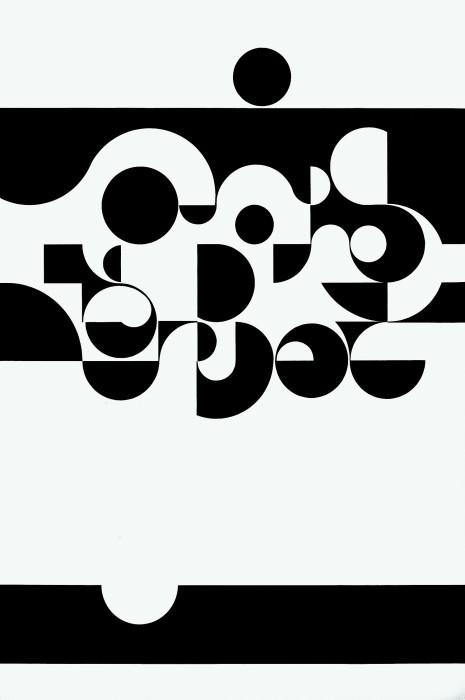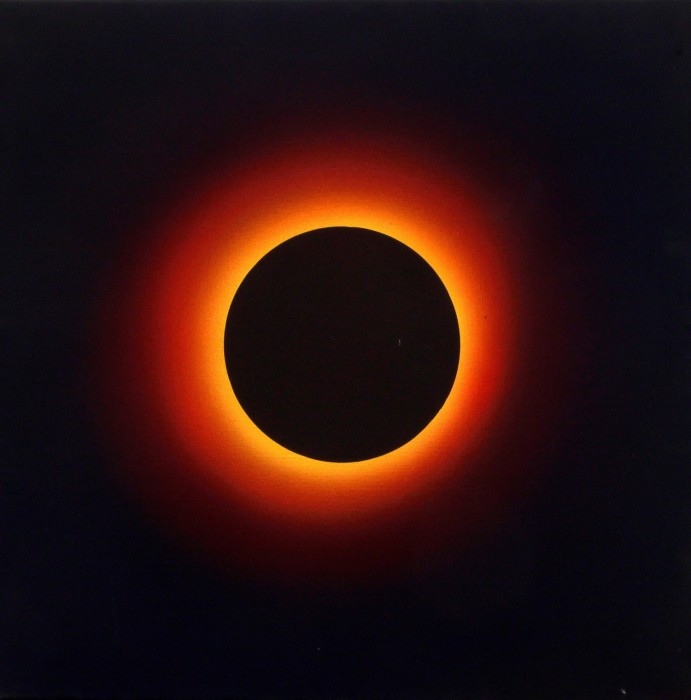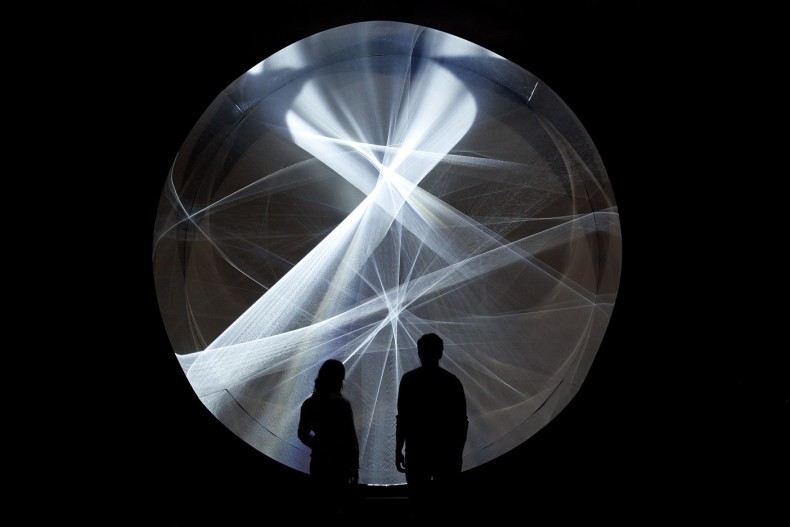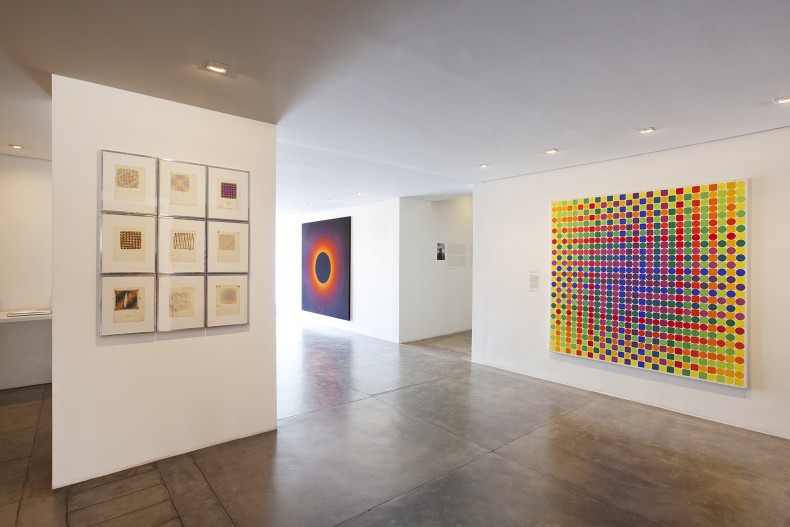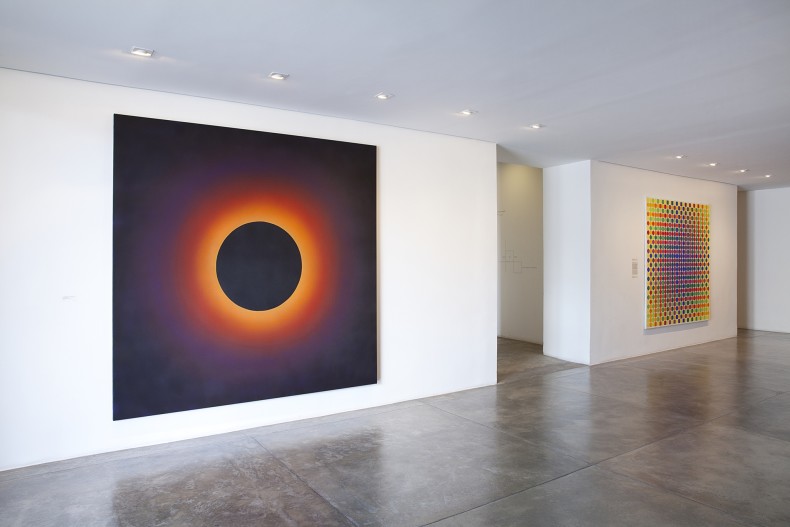At nearly 85 years of age (on September 23rd), kinetic art master Julio Le Parc’s work will be the subject of a retrospective in Brazil. The show A Constant Quest, at Galeria Nara Roesler, will open on October 3rd and it will present an extensive selection of works created by the artist in the last 55 years, including large-scale pieces and a brand-new installation specially conceived for the occasion. Curated by the prominent Venezuelan-American collector, curator and Latin-American art expert Estrellita Brodsky, the show will occupy the interior garden, the courtyard and the 600 square meters of the gallery’s ground floor, where, on October 3rd, at 5.30 pm, curator and artist will be giving a free admission and open-to-the-public talk.
Julio Le Parc, who in the first semester attracted over 170 thousand people to his exhibition at the Palais de Tokyo, in Paris, where he lives since 1958, was one of the creators, in 1960, alongside Horacio García Rossi, Francisco Sobrino, François Morellet, Joël Stein and Jean-Pierre Vasarely (also known as Yvaral), of the Groupe de Recherche d’Art Visuel, best known as GRAV (1960-68). The GRAV was a collective of optic-kinetic artists whose main objective was to encourage the interaction between the public and the works of art. The group, which was indifferent to the demands of the market and sought a less conventional way of making art, presented their artworks in unusual places and even on the streets. Julio Le Parc’s works and installations, primarily constituted of changing patterns of light and shadow, result directly from this movement, in which the production of an ephemeral and non-commercial art carried a clear socio-political connotation.
“During the course of six decades, Julio Le Parc has consistently sought to redefine the very nature of the art experience, precipitating what he calls ‘disturbances in the artistic system’. In so doing, he has played with the viewers’ sensory experiences and given spectators an active role”, explains the curator. “Since the dissolution of GRAV in 1968, Le Parc has continued to pursue what he terms ‘una búsqueda permanente’ (a constant quest) for an artistic experience that never presumes to dictate a predetermined effect. Rather, he strives to incite a spontaneous response from the public”.
Despite their fundamental role in the history of kinetic art, Le Parc’s paintings, sculptures and installations include issues regarding the limits of painting by means of procedures that are closely related to the pictorial tradition, such as acrylic on canvas, as well as of kinetic assemblages or devices.
“For Le Parc, the goal is nothing less than the interrogation and restructuring of one’s immediate surroundings. He seeks a total complicity that demands of the viewer not only active participation but also self-reflection. In this way, Le Parc’s practice moves beyond mere visual spectacle to a physical engagement with the present—an art form as human construct, one that can no longer remain absolute”, analyses Estrellita Brodsky.
